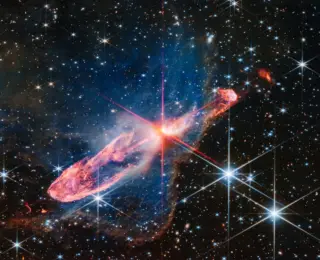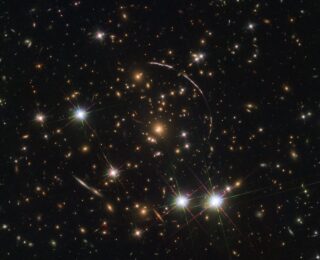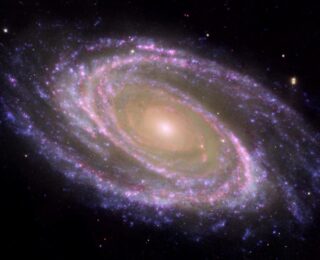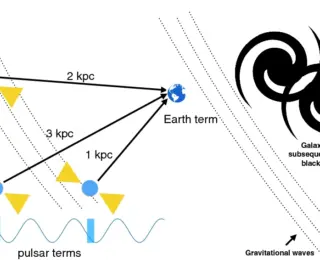
Astrobites at APS April 2024: Looking Ahead as We Look Far Through the JWST
Astrobites offers coverage of the Physical Review Invited Session: “Looking Ahead as we Look Far through the JWST.” #APSApril

Astrobites offers coverage of the Physical Review Invited Session: “Looking Ahead as we Look Far through the JWST.” #APSApril

Find out how astronomers have used the brightest known (to date) gravitationally lensed galaxy to learn about the early Universe.

In today’s paper, the authors use eROSITA to assemble a sample of the beautiful blow-outs that can occur in galaxies when AGN turn on.

Is the relationship between galaxies and their blackholes symbiotic across time?

Over time, the universe evolved from a primordial soup of hydrogen and helium into the metal-rich environments of today. How exactly does the chemistry of galaxies evolve, and what processes drive this evolution?

Pulsar timing arrays could localise individual sources of gravitational waves to host galaxies. The problem is, it’s so computationally difficult! This paper shows us a faster way.